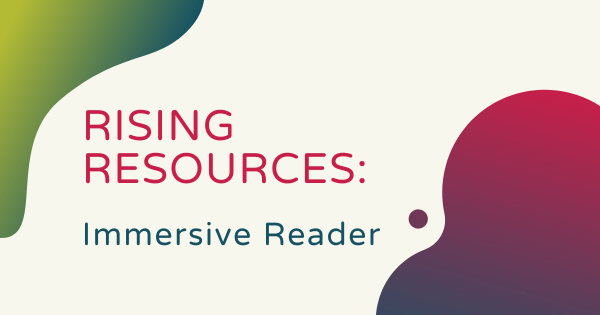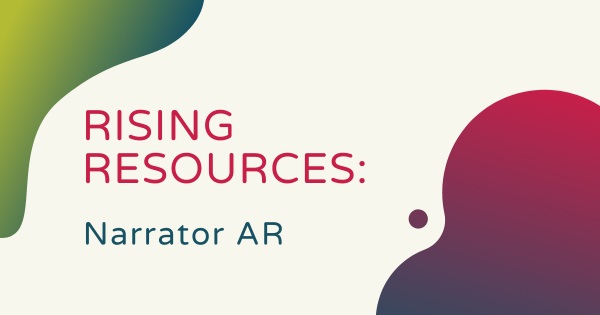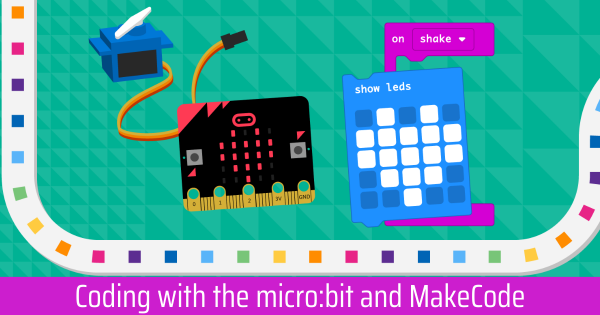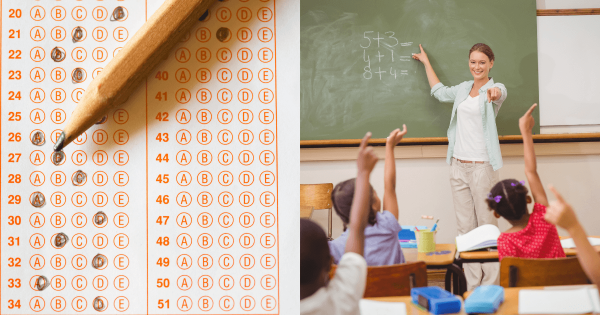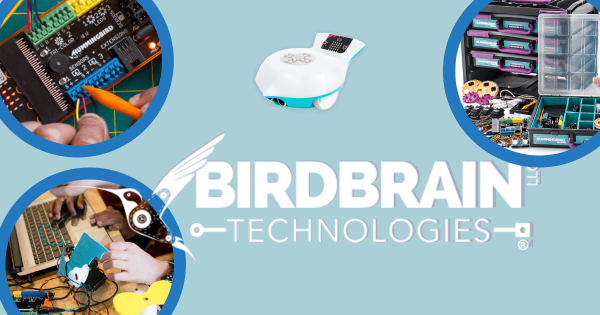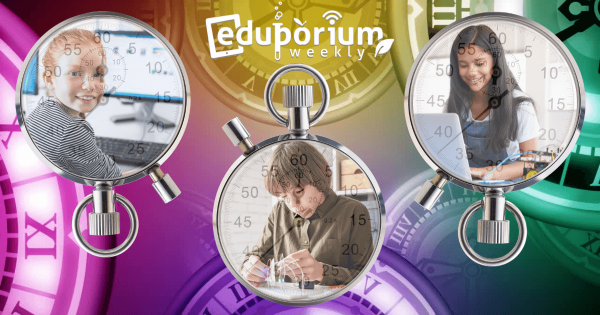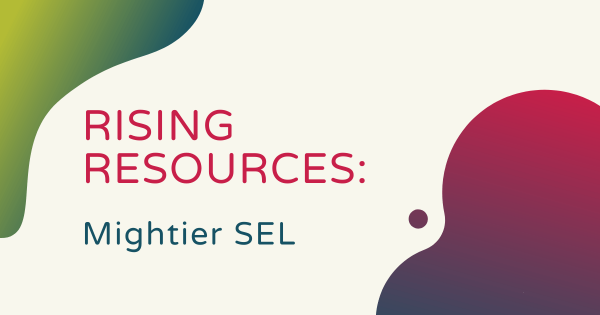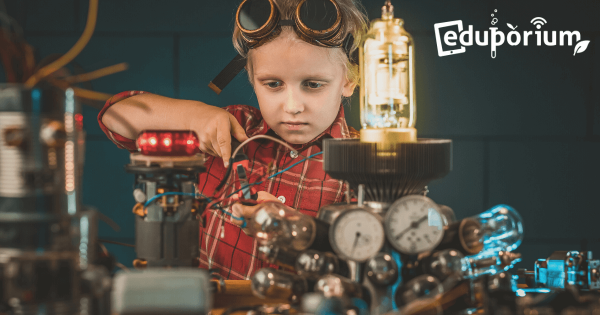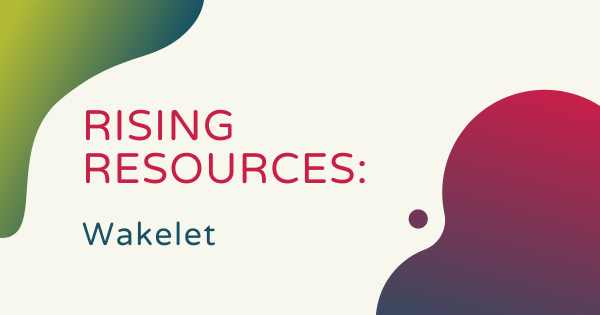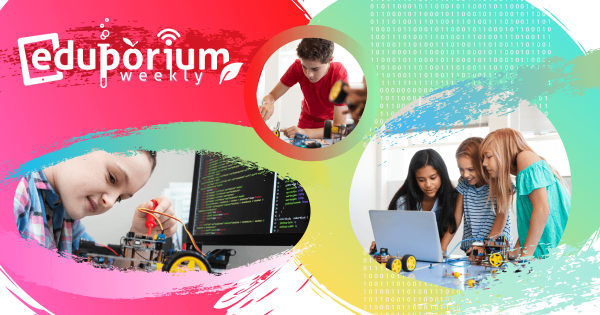Since Microsoft is, of course, one of the worldwide leaders in cutting-edge technology, it should come as no surprise that they also have technologies designed for younger children to use in the classroom. Near the top of that list is this Immersive Reader tool, which helps make written, digital content more accessible for all kids and simultaneously boosts their grasp
Andy Larmand
-
Rising Resources | The Narrator AR Handwriting App
Students could use the Narrator AR app on tablets and mobile phones and it is available on both the iOS app store and Google Play store. Drawing on the immersive power of AR, this platform helps teachers to create a unique and engaging experience as kids will see the words, letters, and sentences literally jump off the screen and start -
Coding With The micro:bit And MakeCode Platform
When exploring the wide scope of ready-made micro:bit projects, kids can incorporate its assorted built-in features, like the microphone or a speaker, while developing valuable programming and computer science skills using the MakeCode editor. Speaking of the graphical MakeCode platform, if the environment is new to you, it works with plenty of other STEAM tools, too. -
Eduporium Weekly | Trying Out A Gradeless Classroom
Every student receives grades and uses them to determine if they did well enough on an assignment, for the quarter, or to move on to the next grade. Of course, this can also create some pressure on students and sometimes lead to shortcomings in their performance. Plus, a letter grade isn’t always indicative of whether or not a student has -
BirdBrain's Robots, Kits, And PD Offer Serious STEAM Potential
Coding and arts education may not seem like they truly align all that much but, thanks specifically to the versatile Hummingbird Robot from BirdBrain, students can certainly combine them through impactful projects. Plus, with the fully capable Finch Robot 2.0, children in all K-12 grades can code and create with ease. And, there’s highly effective PD tools for teachers, too! -
Eduporium Weekly | Some Of The Logistics Of Self-Paced Learning
Self-paced learning is a form of differentiated instruction that teachers can integrate into learning experiences. In self-paced learning, teachers can let their students decide how many lessons they need and how much practice constitutes them mastering something. There are also various instructional techniques you could use and many potentially positive outcomes for kids. -
Rising Resources | Mightier SEL For Regulating Emotions
Mightier is ideal for students who are between six and 12 years old since it helps them learn to identify why certain behaviors are harmful, how to best avoid them, and how to manage their feelings. Children can use Mightier in or out of the classroom and they typically start to show improvements with emotional behavior and managing reactions within -
Eduporium Weekly | Highlighting Child Inventors To Inspire More
It’s not just the seasoned scientists and computer programmers who might invent world-changing and progress-focused solutions. In fact, there’s also plenty of inventive kids and teens out there who have left their mark on the world with both big and small inventions, and some have even contributed to key inventions throughout history. So, let’s learn about a few of them. -
Rising Resources | How To Stay Organized With Wakelet
There’s a good chance you might have already heard of Wakelet, the super popular online organization tool that’s used by a bunch of K-12 teachers. If not, Wakelet is a free service that helps teachers save, organize, and share online content with children and parents. Beyond that, however, its built-in features help make content curation and instruction even easier. -
The Importance Of Consistent Coding Education In Schools
The importance of providing all children with the opportunities to learn key computer science skills is often a really legitimate emphasis among STEM-minded instructors. We know how vital these skills may turn out to be for a larger number of them. Empowering students to learn these skills early and perfect them often could also help open up career opportunities later



